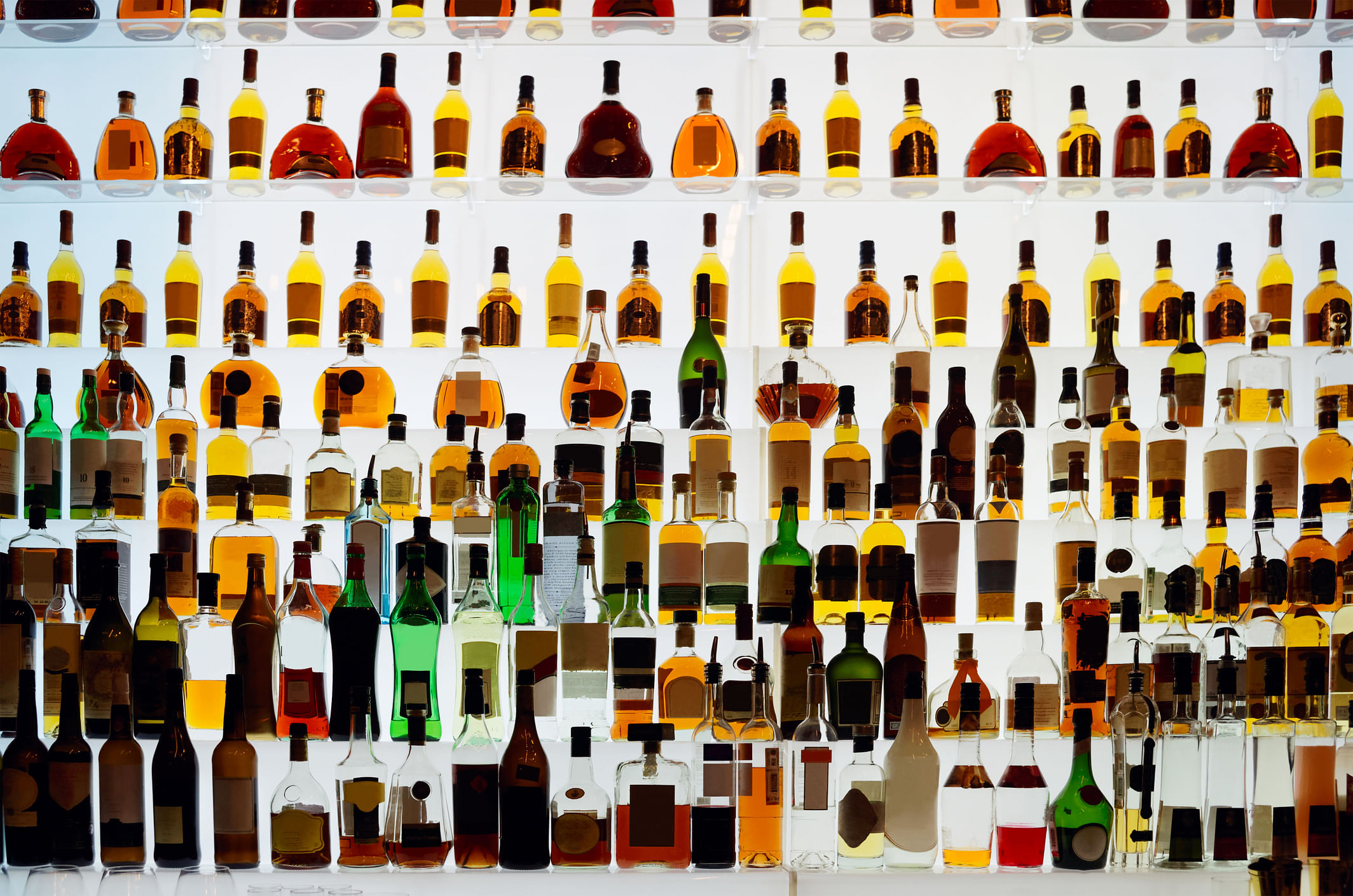
We have all heard of Soma – one of ancient India’s scientific achievements like the helicopter (the Pushpaka Vimana) and the weapon of mass destruction (the Brahmastra), but why does India not have heritage liquor like tequila (from Mexico) or sake (from Japan) today?
Whether India can produce a great heritage liquor was the issue debated at the Bangalore International Centre on August 7; it would seem from the proceedings that one is already being manufactured from the Mahua flower, the only flower-based distilled spirit to rely on the sugar present in the flower without other sweetening additives.
The participants in the discussion were Desmond Nazareth, who is manufacturing a high quality distilled Mahua drink, anthropologist Rahul Srivastava, and Jhampan Mookerjee, who describes himself as a ‘desi daru pundit’. The session was moderated by the irrepressible Shobha Narayan, who has been in the news recently for her book The Cows of Bangalore: And How I Came to Own One.
Before going on to examine heritage liquor in India, there are some things that even avid drinkers do not know about alcoholic beverages. Firstly, alcoholic beverages can either be brews or distilled spirits. Brews are like beer and toddy in which a plant-based liquid is fermented through the addition of yeast and then simply filtered before being bottled and sold. A distilled spirit is obtained when the fermented brew is distilled in a still, which can either be a pot or an industrial column.
The distilled spirit produced by a pot-still retains flavours of the original material from which it comes, while a column-still produces industrial-quality alcohol. Indian Made Liquors (IML), like cashew and palm fenny, are made in pot-stills.
The alcohol produced in a column-still is flavoured with an additive to produce various kinds of Indian Made Foreign Liquors (IMFL); Indian whisky, rum, brandy and gin are all simply industrial-grade alcohol with water and different flavours added. Vodka is alcohol with water added.
Distilled country liquor is made in pot-stills from a variety of brews ranging from palm toddy in Kerala to rice brew in the Northeast.
Merely raising the sophistication of the still can raise the quality of the eventual product. Another factor to be borne in mind is that some spirits like tequila can be called ‘tequila’ only if it comes from a named geographical origin (Mexico).
When Desmond produces liquor from the agave plant, he can only call it ‘agave liquor’ and not ‘tequila’. ‘Feni’ similarly, has to be produced in Goa to be called ‘feni’; cashew liquor produced in Andhra or Karnataka only remain ‘cashew liquor’ and cannot be called ‘feni’.
The discussion at the BIC covered a wide range of subjects and what became apparent was that Desmond Nazareth was already producing high quality liquor from the Mahua flower, generally associated in public opinion with the most unsophisticated drinking clientele.
The discussion was lively but what sent me on my own musing was the question why, despite cashew liquor being the most recent of heritage liquors or IMLs from India, it is the only one to have made headway as an international brand. Can it have anything to do with Goa being under the Portuguese while the rest of India was under the British?
An issue noted in the discussion was the ‘moral gaze’ generally fixed on liquor outside Goa that placed Mahua and other desi drinks at a disadvantage. As colonisers, the Portuguese, the French and the Spanish were different from the British.
While they were by and large more tyrannical, they tried to take their own Catholic culture to the colonised, and that includes their enjoyment of the ‘good things of life’.
What Goans are today can’t be dissociated from what the Portuguese made them. Countries like Brazil and Mexico are more vibrant than the US perhaps because the latter was colonised by the more puritanical British, driven as they were by the Protestant and mercantile ethic. The disapproving moral gaze that we find everywhere in India is also to be found in abundance in the United States.
The British tended to see in desi liquor only an opportunity to tax and the Indian government has operated in virtually the same way since they left.
There are a whole lot of distilling opportunities in India, we learned, and among them are palm from the South, rice from the North-East, apart from the Mahua, mainly from central India.
It has only been ‘country folk’ and tribals who consume these desi beverages, by and large, hitherto. Only when the more sophisticated urbanites take their cues from ‘country folk’ and the tribal, it would seem, will the tribal way of life and that of ‘country folk’ gain respectability!
Perhaps the decorum brought to Mahua by entrepreneurs like Desmond will see tribal distillers being viewed with more favour and their stills gaining a greater measure of official acceptance.